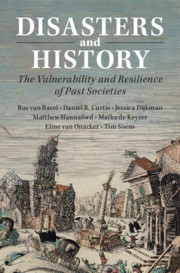This paper provides a critiquing overview of how island communities deal with environmental hazards and hazard drivers, including climate change. The key activity is disaster risk reduction including climate change adaptation, for which many concepts and techniques have emerged from island studies. Although these concepts and techniques are not exclusive to island contexts, this paper focuses on island communities in order to illustrate the importance of human actions in causing and dealing with disasters involving environmental hazards. This point is demonstrated by examining key human and physical geography characteristics representing ‘islandness’: population, area, geomorphology and connectedness. The characteristics are not mutually exclusive, but island stereotypes emerge as small and static populations, small resource areas, highly volatile and changing geomorphology and limited connectedness. In exploring exceptions and diversities amongst islands, stereotypes are sometimes seen and sometimes not seen in reality. Advantages and disadvantages are demonstrated for different island settings dealing with environmental hazards and hazard drivers.


